Strategies To Burn Fat And Keep It Off
 Are you subject to yo-yo weight loss, losing weight only to gain it back a few months later. It may be a problem caused by how you shed those pounds, rather than something that’s wrong with you. There is a way to burn fat and keep it off permanently, but it requires making lifestyle changes, not crash dieting. It starts by making simple changes, like having a healthy snack available, like an apple, rather than waiting until you’re starved and opting for a donut or candy bar.
Are you subject to yo-yo weight loss, losing weight only to gain it back a few months later. It may be a problem caused by how you shed those pounds, rather than something that’s wrong with you. There is a way to burn fat and keep it off permanently, but it requires making lifestyle changes, not crash dieting. It starts by making simple changes, like having a healthy snack available, like an apple, rather than waiting until you’re starved and opting for a donut or candy bar.
Eating healthy doesn’t mean you can’t enjoy the food you eat.
If you’re a sugar addict, you’ll understand how those cravings for sugary treats get worse the more you eat food with added sugar. Sugar is addictive. The first step to taking off pounds permanently is to learn how to eat healthier. It can start by eliminating food with added sugar from your diet and then cutting out processed foods and foods made with white flour. You’ll be cutting calories, while adding healthy nutrients to your diet, including food that contains more fiber. Fiber regulates blood sugar so you don’t have the highs and lows that make you crave more sugar or insulin rushes that add fat to your abdomen.
Start a program of exercise.
Exercise burns extra calories while you’re doing it, but it also does more. It builds muscle tissue and the more you have, the higher your metabolism will be. Muscle tissue requires more calories for maintenance than fat tissue does. When you work out, you’ll also have more energy and that means you’ll burn more calories, too. Exercise does another thing that helps you keep weight from returning. It causes more irisin to be released. Your body has two types of fat, brown fat and white fat. White fat is the lumpy, insulator for storing energy. Brown fat is a calorie burner. It has mitochondria that act like furnaces, burning 20% more calories. The irisin changes white fat to brown fat, which helps you lose weight.
Get more sleep.
When you sleep, your body heals muscle tissue and organizes your body’s functions. If you don’t get enough sleep, it affects the hormones of the body, creating more ghrelin—the hunger hormone—and diminishes the production of leptin—the hormone that makes you feel full. You’ll end up eating more without feeling satisfied, even if you’ve overeaten.
- Get more sunshine or eat more foods with vitamin D. Vitamin D is necessary for weight loss. Try safe sunning, take supplements or eat foods with vitamin D. Studies show that people with a vitamin D deficiency have more problems losing weight.
- Be more active when you’re not working out. If you live a sedentary lifestyle, make an effort to move around for five minutes every hour. Increase your activity by walking more or taking the stairs.
- Focus on portion control. You don’t have to give up everything you love, you just have to eat those favorite danger foods less frequently and keep portion control in mind. Super-sizing isn’t a healthy option.
- Remember, what you drink also makes a difference. Stay hydrated but do it with water or infused water. Soft drinks add empty calories. Even diet soft drinks without calories can add inches around your middle, according to new studies.
For more information, contact us today at Rising Fitness Gym



 Whether it’s dangerous steroids or something more common, like a “special muscle building drink,” you may be wasting money or even harming your body. You don’t have to go to the pharmacy if you build muscle naturally. Building muscle tissue is about consistency, the type of exercises you do and what you eat. By modifying your diet slightly, you can get all the nutrients that are in supplements. Steroids and other chemicals aren’t necessary and are extremely dangerous.
Whether it’s dangerous steroids or something more common, like a “special muscle building drink,” you may be wasting money or even harming your body. You don’t have to go to the pharmacy if you build muscle naturally. Building muscle tissue is about consistency, the type of exercises you do and what you eat. By modifying your diet slightly, you can get all the nutrients that are in supplements. Steroids and other chemicals aren’t necessary and are extremely dangerous.
 At Rising Fitness in Houston, Texas, we use a holistic approach that uses science to focus on exercise and nutrition, while providing a sense of community. Switching from white bread to whole wheat is one way to boosting your health and there are also benefits of wheat germ oil. When white flour is processed, the bran and wheat germ are removed, all that is left is the endosperm, which has few nutrients. The bran of the wheat berry provides fiber, while the wheat germ provides all the nutrients. It only makes sense that oil made from the nutrient rich core would be beneficial for your health.
At Rising Fitness in Houston, Texas, we use a holistic approach that uses science to focus on exercise and nutrition, while providing a sense of community. Switching from white bread to whole wheat is one way to boosting your health and there are also benefits of wheat germ oil. When white flour is processed, the bran and wheat germ are removed, all that is left is the endosperm, which has few nutrients. The bran of the wheat berry provides fiber, while the wheat germ provides all the nutrients. It only makes sense that oil made from the nutrient rich core would be beneficial for your health.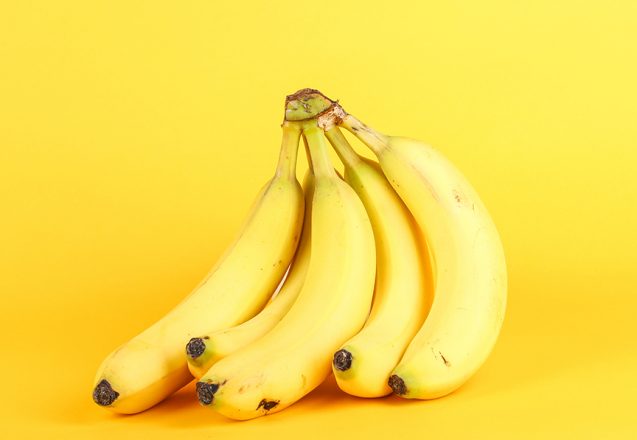
 There’s a lot of talk about when your last meal of the day should be. Should it be hours before you go to sleep or can you eat right before you go to sleep. What are the problems of eating right before you sleep? Weight gain and acid reflux are attributed to the problems it causes. While it’s proven that acid reflux can be caused when eating at bedtime, there’s varied opinions about whether it causes weight gain. After all, a calorie is a calorie, no matter when you eat it. However, some people can’t sleep, so consuming some foods to help you sleep better might be the answer.
There’s a lot of talk about when your last meal of the day should be. Should it be hours before you go to sleep or can you eat right before you go to sleep. What are the problems of eating right before you sleep? Weight gain and acid reflux are attributed to the problems it causes. While it’s proven that acid reflux can be caused when eating at bedtime, there’s varied opinions about whether it causes weight gain. After all, a calorie is a calorie, no matter when you eat it. However, some people can’t sleep, so consuming some foods to help you sleep better might be the answer.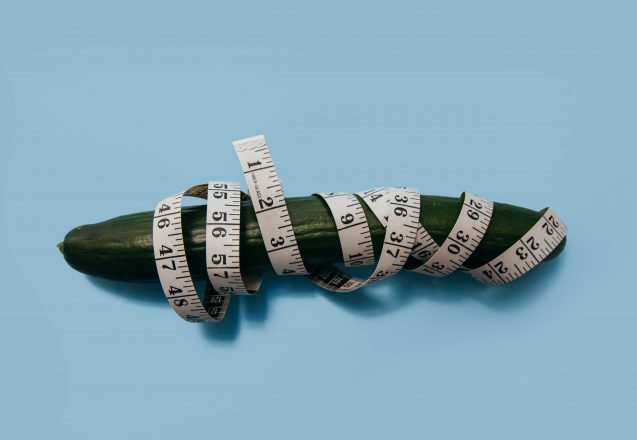
 There’s a lot of scientific language that makes it more difficult to understand simple things. For instance, the term macronutrients can be a bit intimidating. It shouldn’t be. It’s the name of the category that includes three types of food, carbohydrates, proteins and fats. The other category is micronutrients and those include vitamins, minerals and phytonutrients. There’s a lot of debate about whether counting macronutrients to lose weight is better or focusing only on calories. Eating healthy and ensuring you have enough of each micronutrient is what is important, but you can do that while you count calories.
There’s a lot of scientific language that makes it more difficult to understand simple things. For instance, the term macronutrients can be a bit intimidating. It shouldn’t be. It’s the name of the category that includes three types of food, carbohydrates, proteins and fats. The other category is micronutrients and those include vitamins, minerals and phytonutrients. There’s a lot of debate about whether counting macronutrients to lose weight is better or focusing only on calories. Eating healthy and ensuring you have enough of each micronutrient is what is important, but you can do that while you count calories.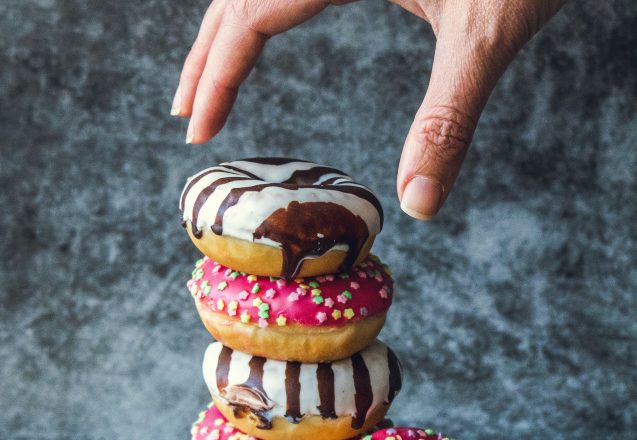
 At Rising Fitness in Houston, Texas, clients normally stick with their schedule, particularly on the weekend. Consistency is ultimately important to get maximum benefits, and they know it. They don’t sabotage their hard work by skipping a workout over the weekend, because they know that consistency is necessary for fitness to become part of their healthier lifestyle. Staying active over the weekend and enjoying physically demanding activities, whether it’s fun like family hiking or far less fun, like vigorous cleaning, is also important.
At Rising Fitness in Houston, Texas, clients normally stick with their schedule, particularly on the weekend. Consistency is ultimately important to get maximum benefits, and they know it. They don’t sabotage their hard work by skipping a workout over the weekend, because they know that consistency is necessary for fitness to become part of their healthier lifestyle. Staying active over the weekend and enjoying physically demanding activities, whether it’s fun like family hiking or far less fun, like vigorous cleaning, is also important.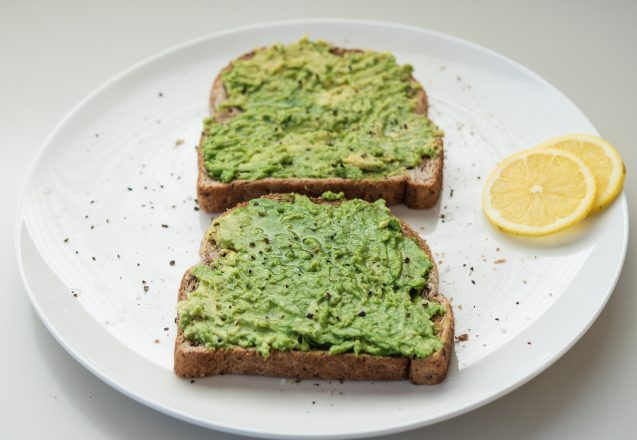
 Do you suffer through a long recovery after a particularly intense workout? Eating a combination of carbs and protein after a workout could relieve that. Consuming protein after a workout can help reduce muscle pain and is necessary to repair the microtears in muscle tissue, while being also important for muscle growth. Protein is ultimately important for faster muscle recovery.
Do you suffer through a long recovery after a particularly intense workout? Eating a combination of carbs and protein after a workout could relieve that. Consuming protein after a workout can help reduce muscle pain and is necessary to repair the microtears in muscle tissue, while being also important for muscle growth. Protein is ultimately important for faster muscle recovery.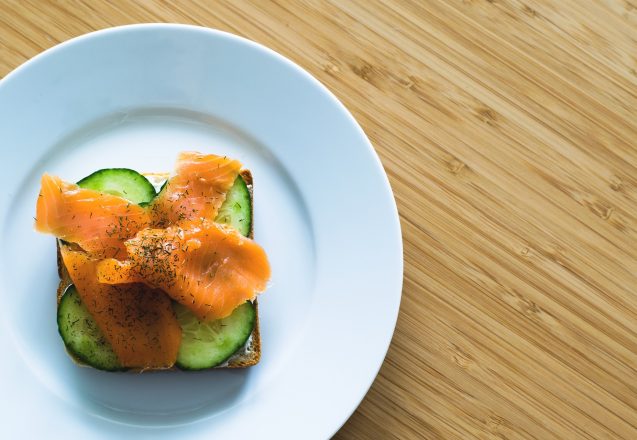
 Portion size counts. While it’s not important if you’re eating lettuce or most other vegetables, when it comes to food higher in calories, portion size counts. People often wonder why they aren’t getting the success they expect, but upon questioning, I find they make a lot of portion size mistakes. Think about it, you could eat the whole stalk of celery, bag of carrots or head of lettuce and it won’t make much difference to your calorie count. However, there’s a huge difference between eating a few potato chips and a family size bag.
Portion size counts. While it’s not important if you’re eating lettuce or most other vegetables, when it comes to food higher in calories, portion size counts. People often wonder why they aren’t getting the success they expect, but upon questioning, I find they make a lot of portion size mistakes. Think about it, you could eat the whole stalk of celery, bag of carrots or head of lettuce and it won’t make much difference to your calorie count. However, there’s a huge difference between eating a few potato chips and a family size bag.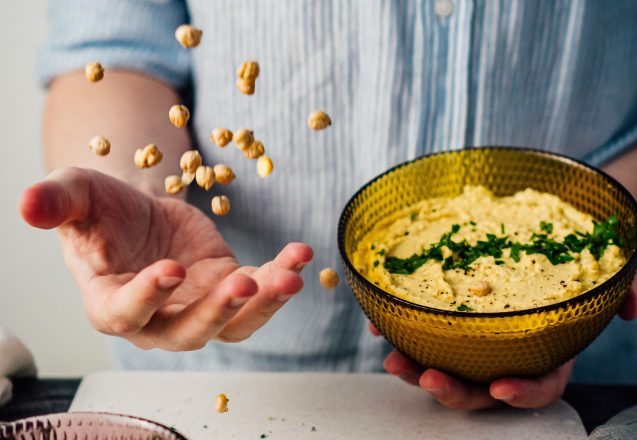
 If you workout at Rising Fitness in Houston, Texas, you’ve probably already have heard of hummus and maybe even have a few great variations of it that you love. It’s not just good for you, it’s delicious. It’s made from chickpeas—also called garbanzo beans, olive oil, lemon juice and a paste made from sesame seeds called tahini. It is higher in fiber than other types of dips and high in protein. That means it keeps you feeling full longer and help you lose weight.
If you workout at Rising Fitness in Houston, Texas, you’ve probably already have heard of hummus and maybe even have a few great variations of it that you love. It’s not just good for you, it’s delicious. It’s made from chickpeas—also called garbanzo beans, olive oil, lemon juice and a paste made from sesame seeds called tahini. It is higher in fiber than other types of dips and high in protein. That means it keeps you feeling full longer and help you lose weight.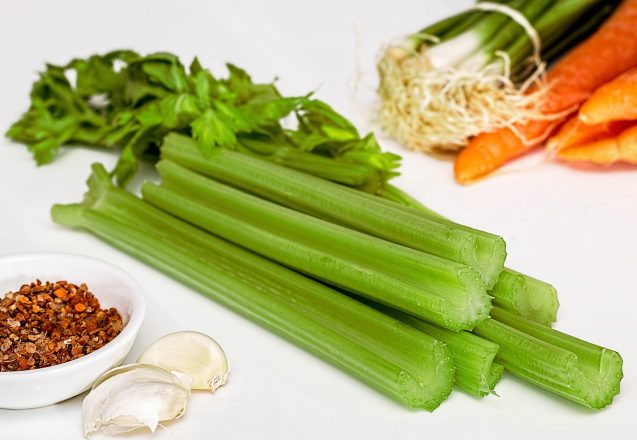
 If you thought all foods containing carbs were bad, think again. You need carbohydrates in your diet and many of those are good carbs, ones that provide both energy and the nutrition your body requires. Low carb diets don’t cut out all carbs, just carbohydrates that are in highly processed foods, starchy foods, those high in sugar and additives. There are three categories of carbohydrates, fiber, sugar and starches. You need carbohydrates to fuel the body, by being broken down for energy.
If you thought all foods containing carbs were bad, think again. You need carbohydrates in your diet and many of those are good carbs, ones that provide both energy and the nutrition your body requires. Low carb diets don’t cut out all carbs, just carbohydrates that are in highly processed foods, starchy foods, those high in sugar and additives. There are three categories of carbohydrates, fiber, sugar and starches. You need carbohydrates to fuel the body, by being broken down for energy.